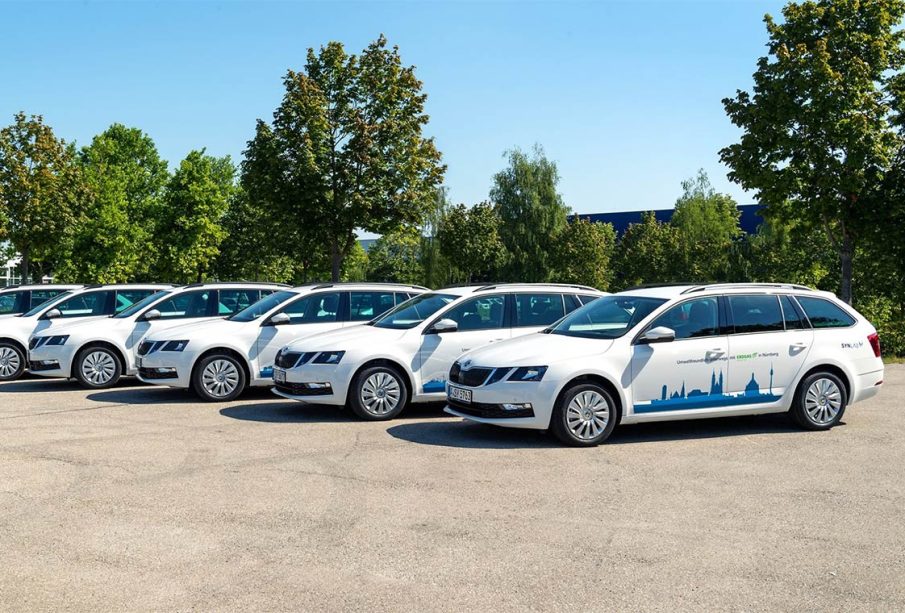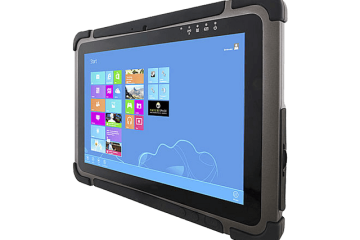Understanding CUOP: Innovations and Future Trends

Introduction to CUOP
The term CUOP refers to a novel technology that stands for “Cognitive Urban Operational Planning.” As urban areas continue to grow, the necessity for efficient operational planning becomes critical. CUOP technologies aim to enhance the way cities manage their infrastructure and resources, ensuring sustainability, efficiency, and improved quality of life for residents.
Recent Developments in CUOP
In recent months, there has been a surge in interest surrounding CUOP technologies. Governments and private sectors alike are investing in research and development to address urban challenges, such as traffic congestion, waste management, and energy consumption.
One notable initiative is the deployment of artificial intelligence (AI) in CUOP systems, which can analyze vast amounts of data to predict urban trends and optimize resource allocation. Cities like Bengaluru and Pune in India have recently begun pilot projects integrating AI into their urban planning frameworks.
Impact on Urban Management
The implementation of CUOP technologies has shown promise in enhancing urban management efficiency. For example, real-time data analytics can lead to more responsive transportation systems, reduced energy use in public buildings, and optimized waste collection routes.
In addition, CUOP enables better citizen engagement. Through mobile applications, residents can provide feedback on urban services, report issues, and access real-time information on public transport, making city governance more transparent and participatory.
Challenges and Future Directions
Despite its potential, the adoption of CUOP technologies faces several challenges. Issues such as data privacy, technological infrastructure, and the need for upskilling workforce remain significant hurdles for many cities.
Moreover, as urban areas continue to evolve, it is vital for CUOP innovations to be adaptable and scalable. Future developments may leverage advancements in big data, machine learning, and regenerative design to create even smarter urban environments.
Conclusion
CUOP technologies are setting a new standard for urban planning and management. As more cities begin to recognize the importance of cognitive operational strategies, we can expect enhanced urban experiences that value sustainability and efficiency. For residents and stakeholders, staying informed about these developments can provide multiple opportunities for involvement and improvement in urban living conditions. The future of CUOP looks promising, with the potential to transform cities into more livable and resilient spaces.








